Evelina Domnitch and Dmitry Gelfand to produce new AV work for CTM 2016
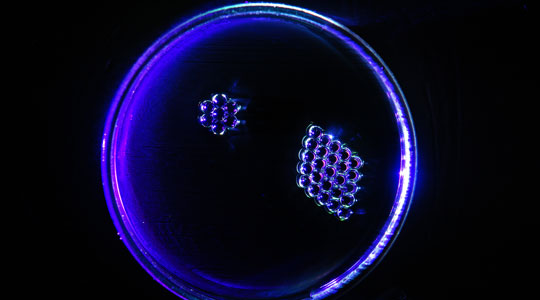
Four other residencies, supported via the European Network for Contemporary Audiovisual Creation (ENCAC), will also take place at other ENCAC partners from January - April 2016 with winning artists Ganzfeld (US), Alan Warburton (UK), Myriam Bleau (CA), and Tokuyama Tomonaga and Wladimir Schall (JP/FR).
ENCAC – European Network for Contemporary Audiovisual Creation is a three-year project co-funded by the Creative Europe programme of European Union. The initiative aims to enabling collaborating audiovisual research, technological development, and the creation of new artwork in the hybrid zones between sound, visual art, performance art and digital culture.
Launched this past June 2015, the network’s first open call for 5 audiovisual residencies in diverse locations gathered 361 proposals from 51 different countries.
Winning projects are:
Force Field - Evelina Domnitch & Dmitry Gelfand w Paul Prudence (INT)
Residency and premiere at CTM 2016, January/February 2016
Working at the interface of art and science for over a decade, Amsterdam-based Evelina Domnitch (Belarus) and Dmitry Gelfand (Russia) will develop this new project, Force Field, together with computational artist Paul Prudence, acoustic physicist Alexander Miltsen, and the Hydrodynamics Laboratory of the Ecole Polytechnique in Paris.
Force Field uses sonolevitation to acoustically levitate a water droplet that resonates and transforms from a spheroid into different oscillating shapes as the sonic pressure increases. Capturing the 3- dimensionality of sound and the elusive physicality of water, the droplet’s vibrations are rendered into sound and computational images that are presented as a live hemispherical projection and multi-channel sound environment. Exploring normally inaccessible depths of both inner and outer space, Force Field extends the tradition of avant-garde research on phenomenological art through tightly-interwoven artistic and scientific practices.
Guerrilla Spatialization Unit - Ganzfeld (US)
Residency at Avatar Québec, February 2016
Guerrilla Spatialization Unit explores new forms of instrumentation and musical dialogue with architectural space, and the surfaces and the objects that inhabit it. The project also focuses on improvisation and sound art performance, in order to highlight their importance as fundamental contributors to current interdisciplinary practices of audiovisual creation.
Ganzfeld is a duo featuring hacked multi-channel trumpet (Sukandar Kartadinata) and bass guitar (Liz Allbee). Using adhesive transducer speakers, Ganzfeld aims to activate the unique resonant surfaces of each performance space – windows, doors, stairs, walls, chairs, vans, buses, boxes, insides, outsides, ups and downs. Both from United States, they live and work in Berlin where they actively contribute to the contemporary practices, particularly towards improvisation and sound performance.
→ sukandar.de
→ www.lizallbee.net
Liberating the Digital Crowd - Alan Warburton (UK)
Residency at hTh CDN Montpellier, March/Abril 2016
Alan Warburton's project explores the intersection of entertainment and science using a cutting-edge CGI "crowd simulation" software. CGI is driven by a basic form of artificial intelligence alongside motion capture data to create complex movement and behaviour in large virtual crowds. This technology is normally used in Hollywood blockbuster films to fill out cities, stadiums and battlefields and also by researchers, architects, scientists and engineers working on crisis mapping, city planning and events management.
Warburton’s proposes using this software to “liberate the digital crowd”, that is, to allow them to live and explore more experimental parameters, in order to create behavioural sculptures that recall the abstraction of contemporary dance on a huge scale, making the crowd interact with a predesigned digital environment.
autopsy.glass - Myriam Bleau (CA)
Residency and premiere at LABoral/LEV Festival, April 2016
Myriam Bleau's proposed work searches for new strategies which integrate image, light and sound in a performance through the manipulation of quotidian objects. Based on a 'kind-of' handcrafted approach, the use of quotidian elements, particularly the fragility of glasses of wine, the project sonorises and visualizes the tension that precedes destruction of the glasses, and is coupled with Bleau’s poetic interpretation of the act’s symbolic potential and the strong energy.
autopsy.glass suggests a new concept in performance, an audiovisual live with a high performative component that also includes chance, chaos, risk and tension, and which tears down the barriers between installation, interface and instrument to then generate an audiovisual landscape in real time. Through its nature, the work renders digital language closer and warmer, while remaining on the edge between the new and the old, the contemporary and the archaic, the mechanical and the digital.
f ( ) and STULTUS - Tomonaga Tokuyama (JP)
Residency at Le Lieu Unique, January 2016
Two pieces were proposed by Kyoto-based media artist Tomonaga Tokuyama. An accomplicshed programmer, Tokuyama creates artwork based on his philosophy that "interactive art can be categorized in same line as traditional art, photography and movies."
Tokuyama’s f () installation aims to transform the exhibition space into an interactive sound and light artwork, allowing visitors to feel space through sound. With a title signifying function and field, the work attempts to make visible the consequences of interaction between the spectator and computer programming.
In parallel, Tokuyama will collaborate with French electroacoustic composer Wladimir Schall on his second proposed piece titled, STULTUS. The work suggests an unusual mix of programming and music in a physical space (that itself is used as a field of calculation).
The jury was formed by ENCAC's curatorial committee:
- Martin Honzik (Director Ars Electronica Festival, AT)
- Caroline Gagné (Artistic Director Avatar, CA)
- Remco Schuurbiers (Co-Director DISK / CTM Festival, DE)
- Nathalie Bachand (Head of Development Elektra Festival, CA)
- Daniel Romero (Director of the Digital Arts Department hTh CDN Montpellier, FR)
- Lucía García (Managing Director LABoral Gijón, ES)
- Anaïs Rolez (representative of Le Lieu Unique, FR)
- Ignacio de la Vega (Co-Director LEV Festival Gijón, ES)
- Justine Beaujouan (Festival programmer Mapping Festival, CH)
- Damian Romero (Founder and Director MUTEK.MX, MX)
- Eduard Prats Molner (Co-Founder and Curator Resonate Festival, RS)










